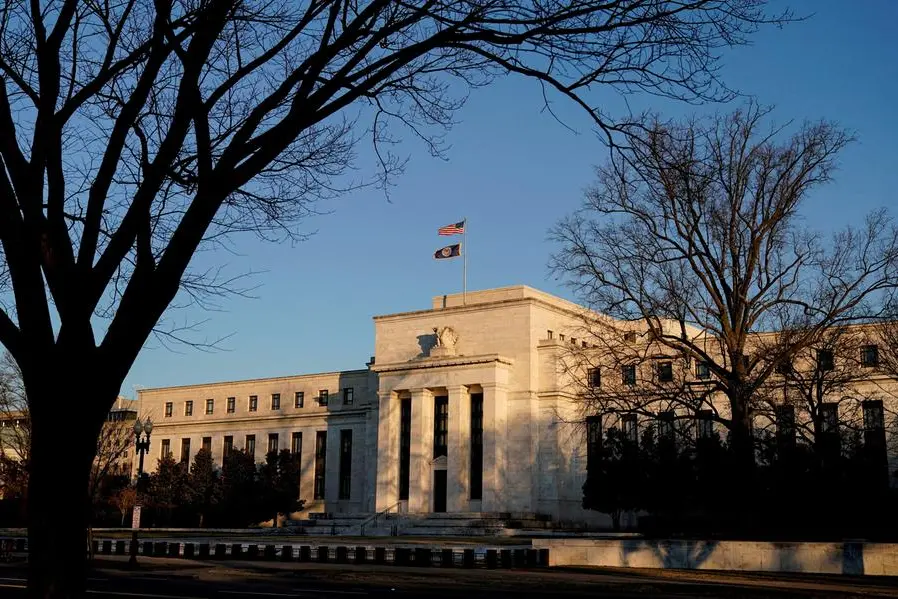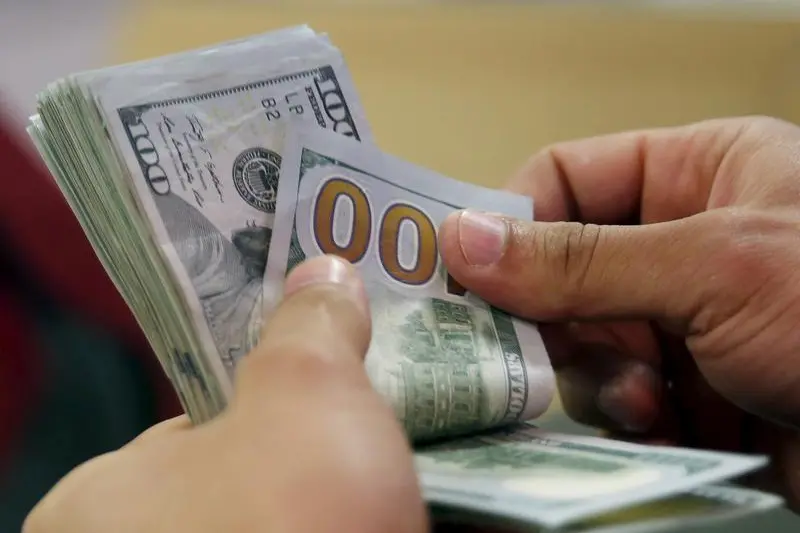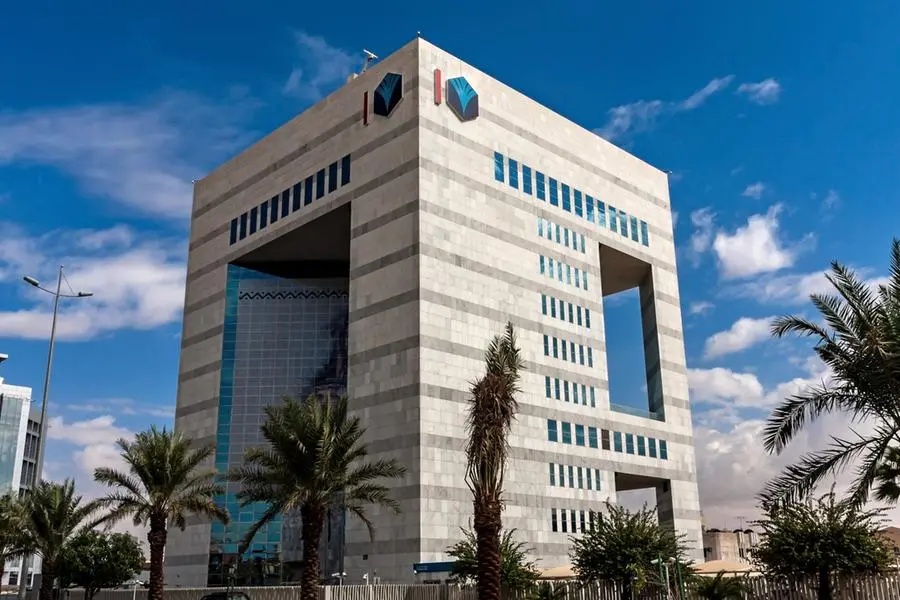PHOTO
Investors hoping for imminent rate cuts by the Federal Reserve received a sobering reminder of the U.S. central bank’s focus on fighting inflation, after Chairman Jerome Powell poured cold water on bets policymakers would lower borrowing costs in March.
At the end of the central bank's first monetary policy meeting of the year on Wednesday, Powell said inflation that is still running above the Fed's target would likely prevent policymakers from lowering rates at its next meeting in March, dashing some investors' hopes.
Some market participants downplayed the significance of a delay, saying a continued cooling trend in consumer prices and steady growth were more important than the timing of the first cut. Markets are still pricing in some 140 basis points in Fed cuts this year, compared to the Fed’s projections of 75 basis points.
Others, however, said Powell’s wait-and-see approach - along with a resurgence of worries about the U.S. banking sector and mixed earnings from tech giants - could slow the searing rally that took the S&P 500 to a record high in January, while also potentially weighing on bonds.
"The markets probably need to digest some of the gains from the end of 2023 and some of the early gains this year, as well, to let ... the economic conditions and business conditions catch up to what has been priced in," said Yung-Yu Ma, chief investment officer at BMO Wealth Management.
The S&P 500 fell 1.5% on Wednesday, with disappointing results from Microsoft and Google-parent Alphabet contributing to the slide, along with weakness in U.S. regional banks. Yields on the benchmark 10-year Treasury , which move inversely to bond prices, declined by about 13 basis points.
Stocks and bonds soared at the end of last year on expectations the Fed had reached a peak in its rate-hiking campaign and would soon begin cutting rates. Easier monetary policy is generally seen as a tailwind to equities as it lowers the cost of money for companies and households while guiding bond yields lower.
Some investors believe those rallies may have run too far. Central bank officials in recent weeks have pushed back against the notion of imminent rate cuts, while continuing resilience in the economy stirred worries that inflation could rebound if the Fed lowered borrowing costs too quickly.
"The market got ahead of itself," said Josh Emanuel, chief investment officer at Wilshire. "I’m not surprised that the Fed was less dovish than the market had hoped."
Futures tied to the Fed’s main policy rate late Wednesday reflected a 36% probability of the first rate cut coming in March, compared to 58% before Powell’s press conference. The probability of a May rate cut grew to nearly 60%, from 51%.
Given there were a significant amount of investors expecting a March rate cut, "there are going to be investors who were offsides in their positioning," said Josh Jamner, Investment Strategy Analyst at ClearBridge Investments.
Still, "whether the first cut comes in March or May is not where the fulcrum is for how the economy unfolds into a soft landing or a recession," he said.
FOCUS ON THE ECONOMY
Indeed, Powell gave a strong endorsement of the U.S. economic picture, highlighting falling inflation amid expectations of sustained job and economic growth.
"The economic data that we get from here to March is going to be really critical in terms of driving markets," said Cindy Beaulieu, chief investment officer of Conning North America.
"If we get data that is consistent with what the Fed has seen in the last six months, with inflation coming down, wage growth moderating ... it certainly puts a lot more significance on the May meeting and more confidence the Fed will move at that point," she said.
Ali Meli, the founder, CIO and managing partner of Monachil Capital Partners, was heartened by the Fed’s caution on inflation.
"The key thing the Fed said today was the commitment to the 2% inflation target. They are very committed to 2% - that's the right move," he said, adding that the timing of the Fed's first cut was "less relevant."
For some bond investors, any delay in a Fed pivot represents an opportunity to take advantage of high-yielding debt before rate cuts materialize.
Timothy Horan, chief investment officer for fixed income at Chilton Trust, said he was looking to buy more paper if yields rose further.
"Powell has given the Fed more time, but that also gives investors an opportunity to still take better advantage of this very momentous shift from a very tight monetary policy to an adjustment," he said.
At the same time, investors said the script could change if it appeared tighter conditions are starting to threaten financial stability, pushing the Fed to cut sooner rather than later.
One area where such a scenario could play out is the banking sector, where concerns re-emerged around the health of U.S. regional lenders after New York Community Bancorp reported a surprise earnings loss and cut its dividend.
"The variable here is financial stress to the system," said Emanuel, of Wilshire. "I think that variable could tilt the scale a little bit."
(Reporting by Davide Barbuscia and Lewis Krauskopf; Additional reporting by Megan Davies; Editing by Ira Iosebashvili and Sonali Paul)





















